Traveling through Hong Kong and then Bali is like going from Urban L.A. to The forests of Northern California. That being said there are similarities in how both countries take raw products and turn them into consumables. The students that I am co-leading through South East Asia with Dr. Phil Dustan are beginning to see how all man made goods come from a natural place. But what are the environmental costs to extract them from that natural place.
While visiting Hong Kong I got to see the largest port I have seen in my whole life. Cranes offloading big ships that go on for miles. We toured the harbor and live fish market at Aburdeen. Here we saw a portion of the fishing fleet. Hundreds of trawlers, squid boats and long liners all chasing down creatures of the ocean that they can sell.
of trawlers, squid boats and long liners all chasing down creatures of the ocean that they can sell.
There on the dock we walked through the live fish market. Fish that come 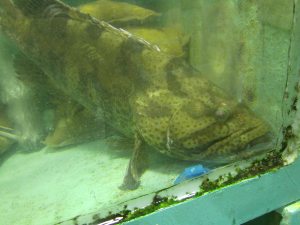 from Tiwan, Philippians and Indonesia. They had groupers, rays, scorpion
from Tiwan, Philippians and Indonesia. They had groupers, rays, scorpion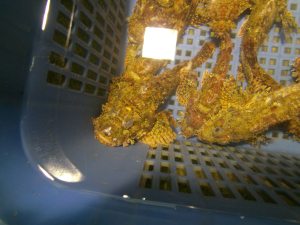 fish, shell fish, lobster, squid anything that might be ordered in a restaurant. Restaurants that we had just dined in the day before.
fish, shell fish, lobster, squid anything that might be ordered in a restaurant. Restaurants that we had just dined in the day before.
Fast forward tow days later we are now wondering around Bali. Our local friend Gede takes us to a wood factory. This is where they harvest large trees from Java and Borneo and turn them into tables, counters and benches. The attraction is, each slab is one slice of the tree. Valued for the natural beauty of the wood grain , rich color and smoothness, these trees are cleared from the receding forests. Some of the slabs were six feet tall sitting on their side. I asked one of the workers how old he thought it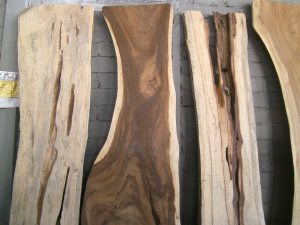 might be, “at least 300 years” he said.
might be, “at least 300 years” he said.
Just next door to the wood factory we found the wood carvings. Beautiful intricate carvings of animals in their natural habitats. Some carvings were very large, coming from huge cuts of mahogany and other fine woods.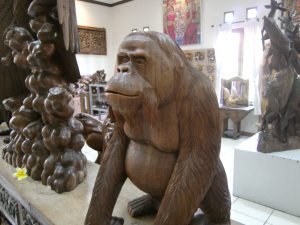
I can’t help to think that it was the life of the tree that created the beauty in the wood. The life that was sacrificed for us to appreciate it as a household trinket. We have become so numb to the things we desire, all we do is want and take, without realizing what we are really taking. It doesn’t matter the suffering a fish goes through as it pants for more oxygenated water while it waits to arrive at some hotel or shop to be selected to eat. It doesn’t matter that the mantis shrimp will live in a plastic bottle until their fried up. These cruelties to life are shadowed because they provide us with luxuries we are willing to pay for. That willingness drives the market so that people will collect these resources and harm the environment so that they can insure they will feed their families another day.
At first the students were preocupied with how little they could spend on each item. they worked hard to bargin the locals down to dirt cheap prices. Slowly they started to realize the true ecological price. They also began to understand how much time and skill goes into each “trinket”.
Now these affluent American kids face the reality of their decisions. Now that they have seen how these things are acquired and made, maybe next time they won’t order cuttlefish shashimi.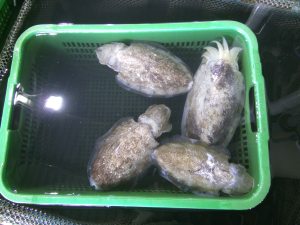
This is why traveling is so important. As we become more globalized, we need to understand the full impact or our decisions on the rest of the world.
We all make a difference, but knowing how is true power.


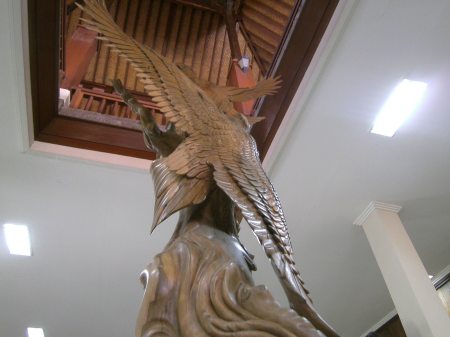
Leave a Reply